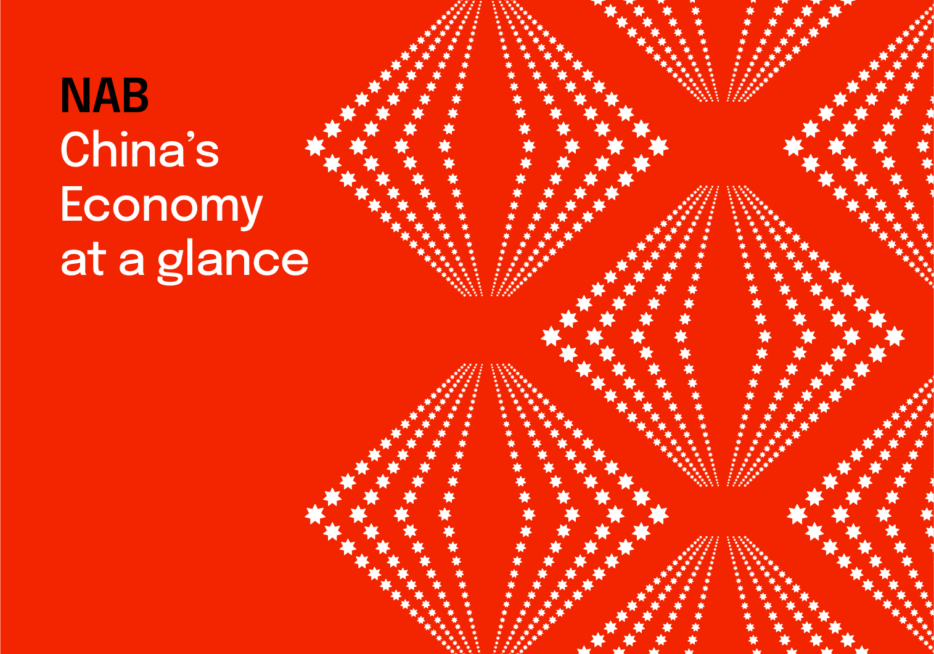Economic planners flag more stimulus in the pipeline, but there may be a wait on the details


Insight
Over a decade of cultivating relationships and building up the Tangalooma brand, the number of Chinese visitors has increased tenfold.

Tangalooma Island Resort’s David James began to travel to China in the 1990s to forge business links with Chinese partners in Beijing, Shanghai, Guangzhou and Shenzhen. Since 2000, these arrangements have expanded to other major cities such as Chongqing, Chengdu, Hangzhou, Suzhou and Tianjin. China is Tangalooma’s fastest growing tourist market. Over a decade of cultivating relationships and building up the Tangalooma brand, the number of Chinese visitors has increased tenfold from 3,000 to 4,000 visitors per year in the early 2000s to 40,000 a year today, creating vast benefits to business, the local economy and the local community.
From the outset, Tangalooma concentrated its efforts in China on a small number of highly selected travel agencies and long-term relationships. Tangalooma’s strategy is to work with a select group of key travel agencies, normally four to five wholesale agents and the same number of high volume retail agents in each major city, to avoid brand erosion and price competition. These agents hold a crucial role in providing information and resources to present the resort as a high quality holiday experience.
Tangalooma has built a strong and recognised Chinese brand name, Dolphin Island. The brand is targeting China’s rising independent tourists who demand more unique and authentic experiences when they travel. These tourists, often referred as Free Independent Travellers (FIT), tend to be younger, more affluent and sophisticated than other tourists. A strong brand plays a key role in enhancing the overall image of Tangalooma and attracts the more affluent travellers.
Carefully nurtured, the brand caters for travellers who want an Australian experience but in a familiar Chinese environment. The resort has a Sichuan restaurant, Chinese speaking staff and special activities on annual Chinese festivals.
Source: NAB Sponsored 2014 Australia-China Trade Report Commissioned by The Australia China Business Council (ACBC).Page 36..
Read the full Australia-China Trade Report here.
More from NAB:
© National Australia Bank Limited. ABN 12 004 044 937 AFSL and Australian Credit Licence 230686.